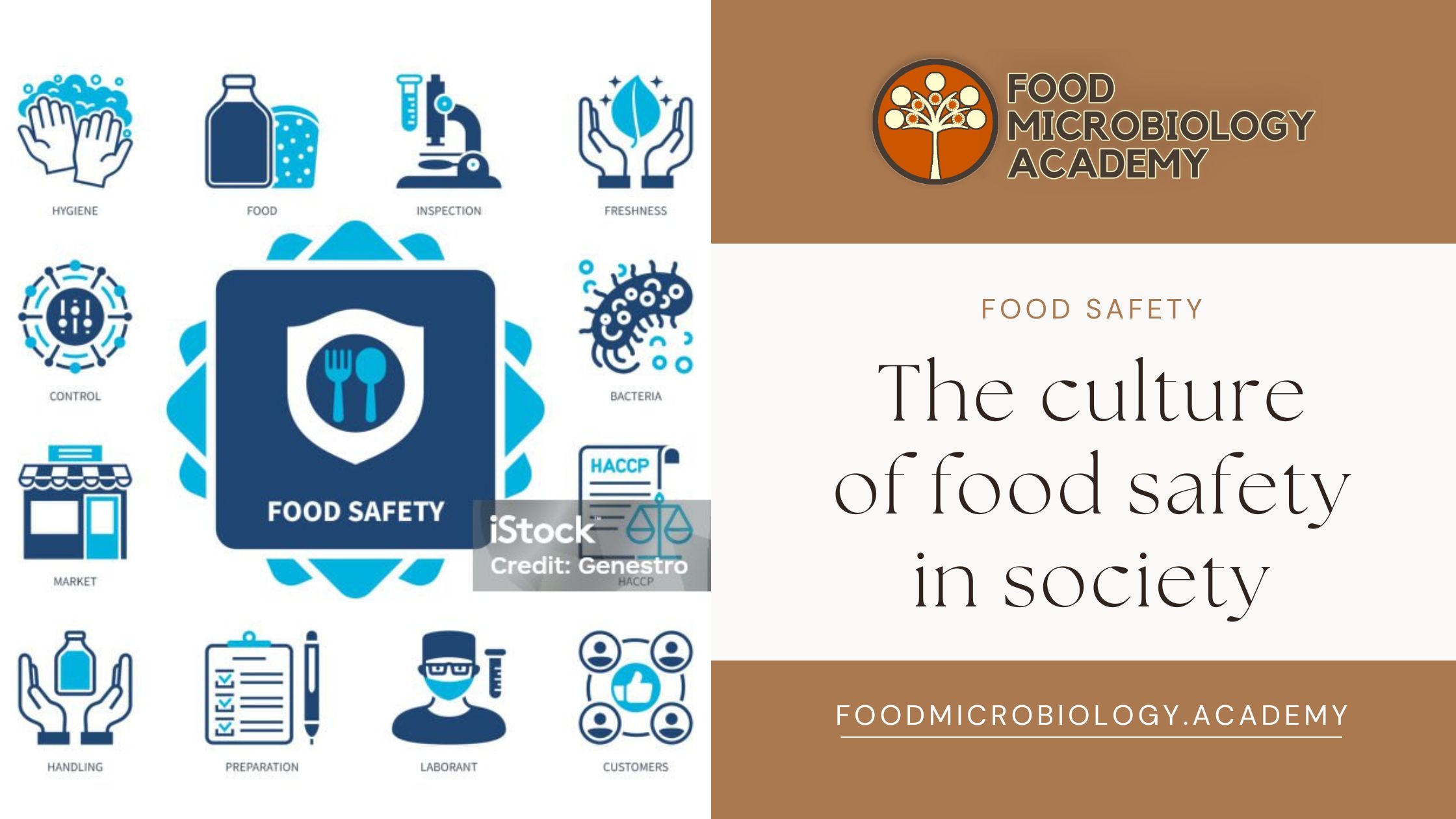Food is central to human life—it nourishes our bodies, brings people together, and forms a key part of cultural identity. However, for all the attention we give to what we eat, how much do we think about the safety of our food? For many people, the answer is “not enough.” A casual and blasé attitude toward food safety is prevalent in society, and its consequences extend far beyond the kitchen. This mindset has become a silent contributor to foodborne illnesses and imposes a significant economic burden on communities worldwide.
The scale of the problem
Foodborne illnesses are a global issue. According to the World Health Organization (WHO), an estimated 600 million people—nearly 1 in 10—fall ill each year after consuming contaminated food, with 420 000 of those cases resulting in death. In many cases, these illnesses are preventable with basic food safety measures.
Yet, the public’s perception of food safety often underestimates the risks. From ignoring expiration dates to undercooking meat, many individuals believe their immune system can handle any minor foodborne bacteria. This casual attitude often leads to serious health consequences, especially for vulnerable populations such as children, the elderly, and those with compromised immune systems.
The casual attitude toward food safety
In many households, food safety is treated more as a suggestion than a priority. Common practices that reflect this blasé attitude include:
• Ignoring proper food storage: Leaving perishable items like dairy or meat out of the fridge for extended periods is a common mistake. Many people mistakenly believe that a few hours at room temperature won’t make much difference.
• Poor hand hygiene: Studies show that many people either skip washing their hands or fail to wash them properly before handling food. This simple oversight can lead to cross-contamination and the spread of harmful bacteria like Salmonella or E. coli.
• Reckless leftover management: Storing leftovers for too long or reheating them improperly is another frequent mistake. Food can harbour bacteria even if it looks and smells fine.
• Underestimating raw foods: Raw or minimally cooked dishes like sushi, steak tartare, or even raw cookie dough are increasingly popular. While delicious, they can be breeding grounds for pathogens if not prepared and handled correctly.
These behaviours often stem from a combination of ignorance, habit, and misplaced confidence. Many believe, “It’s never made me sick before, so it’s probably fine.” However, foodborne illnesses often have delayed symptoms, leading to a disconnect between risky behaviors and their consequences.
The hidden costs of foodborne illnesses
The impact of foodborne illnesses extends beyond the individual who gets sick. The economic and social costs are staggering.
1. Healthcare costs
Treating foodborne illnesses puts significant strain on healthcare systems. Medical expenses for doctor visits, hospital stays, and medication add up quickly, especially during outbreaks.
2. Loss of productivity
When individuals fall ill, they miss work or school, leading to lost income and productivity. Businesses may also face disruptions if multiple employees are affected.
3. Economic impact on food industries
Foodborne illness outbreaks can tarnish the reputation of entire industries. For example, a single contaminated batch of lettuce or chicken can lead to massive recalls, financial losses, and decreased consumer trust.
4. Community burden
In severe cases, foodborne illnesses can lead to long-term health issues such as kidney failure or chronic digestive disorders, requiring ongoing medical care. These costs are often borne by the community through public health systems and insurance premiums.
Promoting a culture of food safety
Changing society’s attitude toward food safety requires a cultural shift. Just as wearing seatbelts or washing hands after using the restroom became ingrained habits, food safety must become second nature. Achieving this shift involves a combination of education, policy enforcement, and community engagement.
1. Education
Educating the public about food safety is crucial. Schools can play a role by incorporating lessons on hygiene, safe food preparation, and storage into their curricula. Public awareness campaigns can also address common misconceptions, such as the idea that foodborne illnesses are rare or unavoidable.
2. Strengthening regulations and enforcement
Governments and regulatory bodies must enforce strict food safety standards across all stages of the food supply chain. Regular inspections of food establishments, transparent labeling requirements, and penalties for non-compliance can help reduce risks.
3. Encouraging personal responsibility
Individuals must take responsibility for their actions in the kitchen. Simple habits like washing hands, using separate cutting boards for raw and cooked foods, and adhering to expiration dates can significantly reduce risks.
4. Community engagement
Food safety is not just an individual responsibility; it’s a communal effort. Community initiatives such as workshops, cooking classes, or food safety certifications can empower people with the knowledge and skills to handle food safely.
The role of technology
Advances in technology can also help foster a culture of food safety. Smart refrigerators, for example, can alert users to expired products, while apps can provide real-time information on food recalls or safe cooking practices. In industrial settings, blockchain technology is increasingly being used to track food from farm to fork, ensuring transparency and accountability.
Conclusion
The casual and blasé attitude toward food safety is more than just an oversight—it’s a public health issue with far-reaching consequences. Preventable foodborne illnesses continue to burden individuals, families, and economies. However, by prioritising education, enforcing regulations, encouraging personal responsibility, and leveraging technology, we can create a culture of food safety that protects everyone.
Ultimately, food safety is about more than avoiding illness; it’s about fostering a society that values health, responsibility, and well-being. After all, the cost of neglecting food safety is far greater than the effort required to practice it. Let’s make the simple choice to prioritise safety in every meal we prepare and consume.



